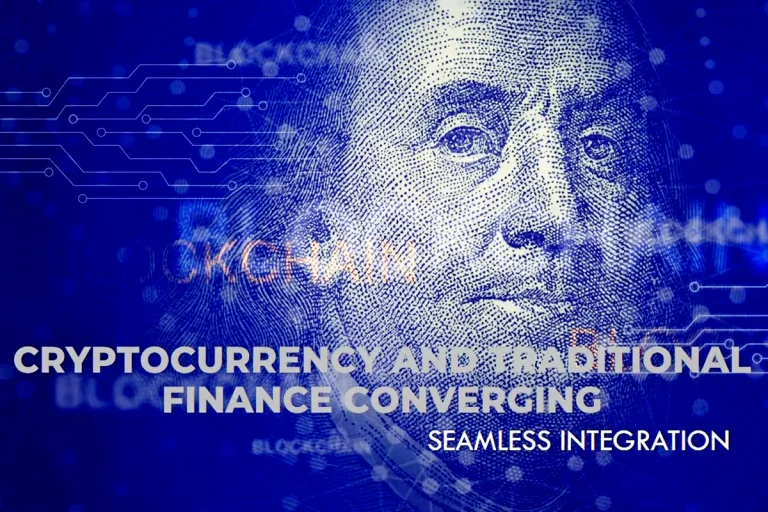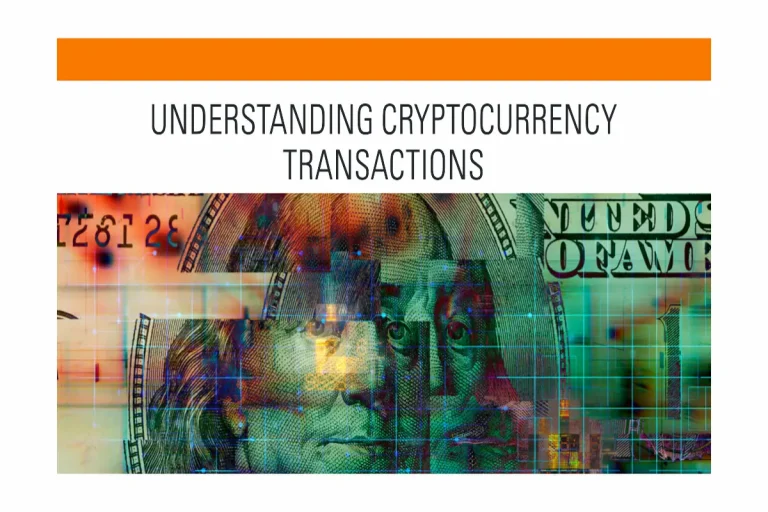Demystifying Web 3.0: How Blockchain Technology is Shaping the Future of the Internet

Introduction:
In today’s digital landscape, the internet is constantly evolving. From the early days of web browsing to the era of social media dominance, we are now on the cusp of a new phase known as Web 3.0. To shed light on this groundbreaking shift, we turn to the insights of an esteemed crypto expert who recently addressed Congress, Mr. Brian Brooks. In this blog post, we’ll break down his testimony into digestible, jargon-free explanations, providing a clear understanding of how blockchain technology is shaping the future of the internet.
The Evolution of the Internet: Web 1.0 and Web 2.0
To comprehend the significance of Web 3.0, it’s essential to briefly revisit the earlier stages of the internet. Web 1.0 was a read-only format where users consumed information without much interactivity. This limited engagement changed with Web 2.0, where users became active contributors, generating content through platforms like blogs and social media. However, this era also saw the rise of centralization, with a few dominant companies monetizing internet activities.
Web 3.0: A Paradigm Shift towards Decentralization
Web 3.0 introduces a paradigm shift by allowing individuals to own the networks they participate in, thanks to blockchain technology. Unlike traditional models, where centralized authorities control the internet, Web 3.0 empowers users through ownership of crypto assets tied to underlying networks. This decentralization fosters a more democratic and transparent internet experience.
Digital Assets and their Role in Web 3.0
Digital assets, such as tokens, play a pivotal role in Web 3.0’s transformative landscape. These assets can be categorized into two types: application layer tokens and protocol layer tokens. Application layer tokens represent ownership in specific applications built on top of blockchain networks. Protocol layer tokens, on the other hand, reward individuals who contribute to network maintenance and security, granting them ownership stakes in the blockchain itself.
Benefits of Web 3.0: Control and Participation
One of the key advantages of Web 3.0 is that it places control back into the hands of individuals. Unlike the centralized internet dominated by a select few companies, Web 3.0 enables token holders to have a say in the decision-making process. They can vote on network upgrades and developments, shaping the future of the decentralized internet.
Web 3.0 and the Internet Revolution
The emergence of Web 3.0 represents a significant paradigm shift that policymakers need to grasp. The impact of blockchain technology is not limited to the digital assets market but extends to global technological advancements. Fostering an understanding of these concepts is crucial for policymakers as they shape future legislation and ensure that the United States remains at the forefront of this transformative movement.
Conclusion
As we navigate the ever-changing digital landscape, it is essential to stay informed about the transformative potential of Web 3.0. By embracing blockchain technology and decentralized networks, we can usher in a new era of democratized control, transparency, and innovation on the Internet. Understanding the concepts discussed here will empower policymakers and individuals alike to navigate the evolving digital world successfully.
Disclaimer: The insights and explanations provided in this blog post are based on the testimony of Mr. Brian Brooks and are intended to provide a simplified understanding of complex concepts.







